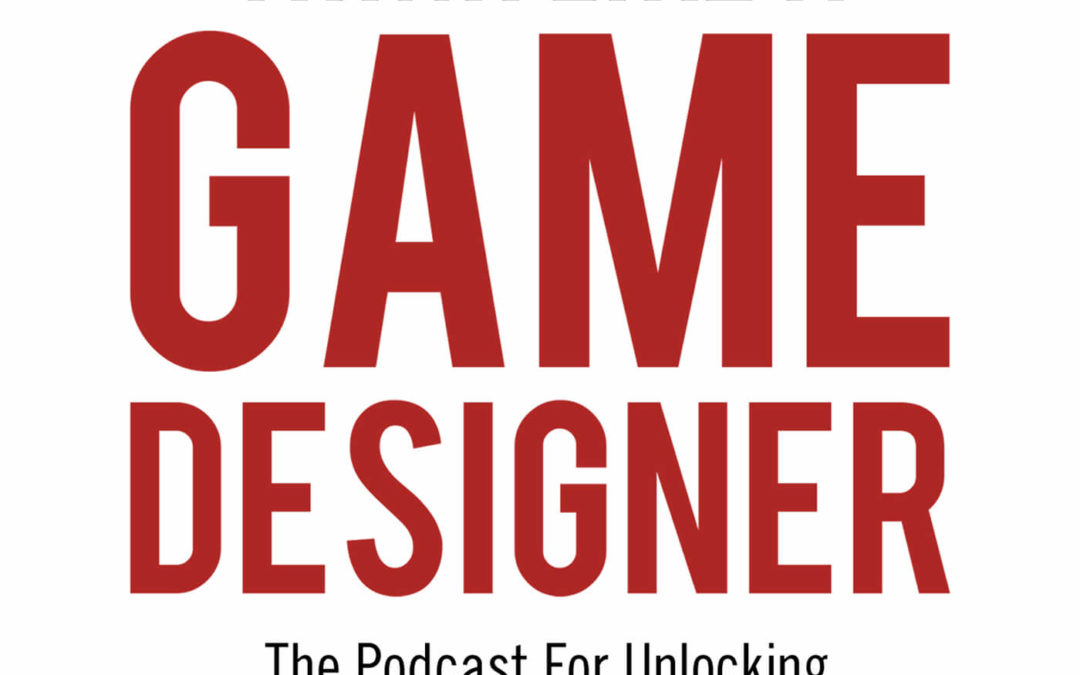Richard Bartle is a legend among game designers. He has a Ph.D. in artificial intelligence and is the co-creator of the first virtual world ever to exist, a game called Multi-Use Dungeon or M.U.D. Richard authored the book Designing Virtual Worlds and his most recent book is How to be a god: A Guide for Would Be Deities, in which he examines the history, ethics, structure, and technology of MMOs. His research on player personalities and what’s called the Bartle Test had a significant impact on my designs, which is why I’m so excited to interview him today. This episode is a fascinating one, that focuses on virtual worlds: past, present, and future!
“The more games you play, especially at a younger age, the more you come to understand what games are about and you want to make your own games.”
At the beginning of this episode, Richard talks about his childhood playing and eventually making games. He goes on to tell us about how his love of creating games led to a love for creating worlds. It’s the fantastic origin story of a game design legend!
“For people who want to make these games—if they’ve got the passion for it and the technology is just there, then they will do it!”
Here we talk about when game designers step beyond the technological threshold to create a new type of game that sets the stage for the next generation. From creating pen and paper worlds to video games to massively multiplayer games and beyond. Here Richard talks about the limitations of some of the current technologies and what motivates people to step beyond that technological threshold.
“As a game designer, you shouldn’t be making the game that you want to play, you should be making the game that people want to play.”
Richard discusses how he developed his classification for “what players find fun.” This is known as Bartle taxonomy of player types. You can see the taxonomy below.

“In an MMO you expect that if you get killed then you come back with the wrist slap. Oh dear, I’ve got to run back to my corpse. It’s anodyne. In MUD, if anybody was a jerk you could take them on, and if people were killers and they went around killing everybody else, eventually they would get killed and that was end of story, because now they were back to nothing.”
In this section, Richard and I discuss ways that people have tried to eliminate toxic behavior in virtual worlds and what effect those methods have had. We also discuss the variety of new types of virtual worlds that are on the horizon. You’ll hear about the metaverse, the blockchain, and how some of our ideas about how these worlds might interact with each other.




